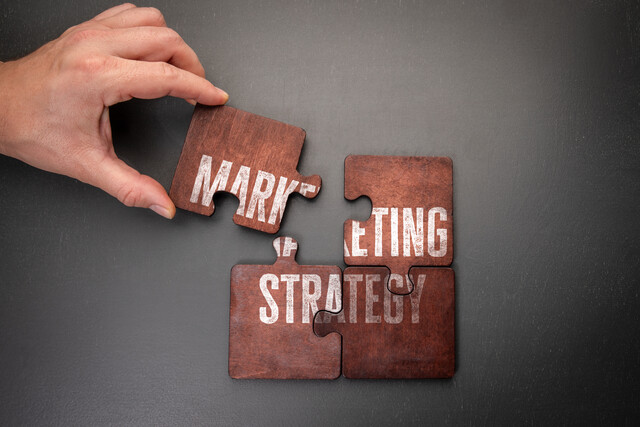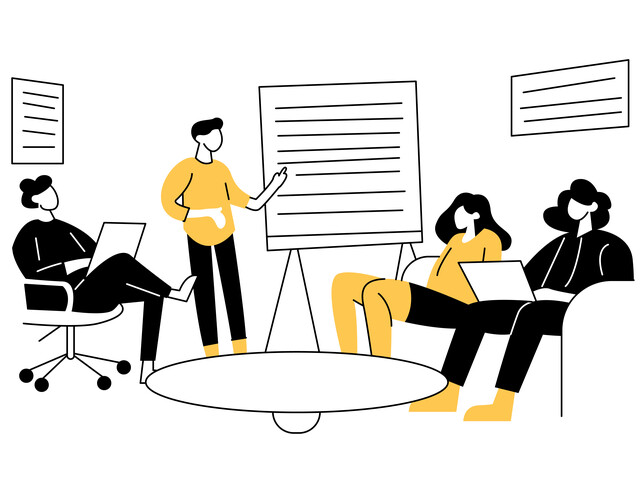We all know that humor plays many roles in our lives. Not only is it useful to entertain and to amuse, but it can also serve to break the ice and put people at ease. It can ameliorate awkward situations and assuage tense ones. For this reason, it's viable as a consideration in communicating with diplomacy and tact. There is not a large body of research on humor, but much of it centers on humor in organizations, like the workplace.
Robert Sutton (2007) succinctly documents the destructive power of workplace abuse, tyranny, harassment, aggression, and bullying in his book The No Asshole Rule. His solution to this trying situation is to avoid selecting the toxic people that tend to engage in this sort of behavior, and if you encounter them in your organization, run them out. Sutton's "rule" is built on the premise that interpersonal behaviors, even if relatively minor in isolation, can produce a significantly cumulative effect that damages the organization's climate and ultimately, performance.
Extending the important role of interpersonal dynamics in the workplace, humor is perceived as having the opposite effect. Rather than damaging workplace morale, humor can contribute to human flourishing and well-being. Research suggests it "can help initiate and perpetuate a cycle of individual and social-level positive affect." In its role as contributing to the creation of positive affect, or feelings in others, it fits within our definitions of diplomacy and tact laid out at the onset of this article.
Humor events are defined as "discrete social behaviors that a producer intentionally creates for an audience that influences audience positive affect." Such audience positive affect can be transmitted to others through emotional contagion, or the idea that emotional states are contagious; to illustrate, consider how you feel when you are around someone who is depressed, versus someone who is happy and uplifting. Further, such shared positive affect will contribute to constructing an environment conducive to additional humor events. In this way, humor is circular; therefore, humor events in isolation do not need to have much effect on individual or group general sentiment in order to influence individual and group outcomes. Instead, humor events are part of a cyclical and cumulative process. Individual humor events within this process each have an incremental influence on individual and group feeling (affect), and also lay a foundation for additional humor events.
Researchers offer various definitions and functions of humor. Some suggest that it "consists of amusing communications that produce positive emotions and cognitions in the individual, group, or organization." Others assert that humor is "any event shared by an agent (e.g. an employee) with another individual (i.e. a target) that is intended to be amusing to the target and that the target perceives as an intentional act." Further, researchers have identified several functions of humor, including coping, stress-relief, defense mechanism, bonding and cohesiveness, ingratiation, power, control, aggression, and the subversion of power.
Some scholars have devoted some time to considering how humor works, and have developed theories explaining it. Perhaps the most supported and useful is known as incongruity theory, which asserts that humor "results from the experience of incongruity and its appreciation or resolution." For example, stand-alone jokes work because they simultaneously evoke two seemingly unrelated systems of expectation. The "punch line" bridges these systems to resolve the incongruity. We experience pleasure in making an unexpected connection within this resolution. Such a connection has been likened to the feeling associated with solving a puzzle, and to cognitive "play." Incongruity and its appreciation exist in comments, quips, puns, and other behaviors, not only stand-alone jokes. Sarcastic comments contain incongruity between what is spoken and what is intended. Violations of social norms are incongruous in expected, versus actual, behaviors.
Research on the physiological effects of humor on the brain indicate that it stimulates the same centers as rewards (dopamine), and other pleasures, including smiling, laughter, and positive emotional processing. This body of research suggests a strong relationship between cognitive processing of humor and positive emotions.
A theory known as affective events theory (AET) suggests things that happen at work that cause individuals to experience positive or negative emotion, or affect, are affective events. Affective events are important, because they strongly influence workplace behaviors and outcomes, including attitudes, through the emotions and moods they trigger. The Wheel Model of Humor, which we will discuss in a moment, relies on the assumption that humor at work falls into the category of affective events. With regard to this article, it then stands to reason that humor, through its triggering of pleasure centers and positive emotions, aids in communicating with diplomacy and tact by contributing to the creation of positive feelings in others.
The Wheel Model of Humor argues that individual humor events between just two people are important for a few reasons. First, they create positive feelings (positive affect) in the other person. Second, this positive affect can be shared with others, influencing a group or the two-person dynamic. These researchers argue that stronger relationships are built through this social transmission of positive affect, within the social context of the humor. In other words, if you and a colleague in your department share humor, not only will you build a stronger relationship with that colleague, but the entire department can benefit.
The Wheel Model of Humor also relies on the idea of emotional contagion, which suggests that emotions are contagious. People mimic each other's emotional expressions, thus essentially sharing in the feeling of others' emotions. Both pleasant and less pleasant emotions can be shared in this way; these researchers argue that humor events do an important job of setting the stage for contagion of positive emotions. Humor events can result in behaviors such as smiling and laughter, which can easily be mimicked and thus shared. Laughter has some unique properties of its own. It rarely occurs when one is alone and often occurs in groups. Further, its social contagion capabilities are so strong that hearing the sound of laughter, even stripped of its context, is sufficient to induce laughter in others. Additionally, humor activates areas of the brain associated with laughter production, and the sound of laughter triggers brain regions associated with laughter production; humor will make you laugh, and the sound of hearing you laugh will make others laugh, physiologically.
The Wheel Model of Humor suggests that humor events occur within a wheel that perpetuates itself, as wheels do. A positive humor event triggers a state of positive affect. A state of positive affect leads to an emotional display. The emotional display generates group or two-person positive affect. This generated positive affect leads to constructing a humor environment. And finally, this humor environment creates a space for a positive humor event, and the wheel is complete.
This Wheel only applies insofar as the humor event is intended to create positive affect in others. Mocking, aggressive or hostile teasing, ridicule, and sarcasm, meant to belittle or disparage others or to emphasize hierarchical differences, do not intend to increase positive affect in the target or in the workplace. That said, however, sometimes what appears to be hostile or mocking to an outside observer is perceived as amusing by the recipient. Research has found that sometimes bad-mouthing superiors to same-level colleagues can be a powerful means of stimulating positive affect, and put-down humor can be important to developing a sense of identity and community. Other research found that those who targeted others often found themselves targeted, perhaps indicative of a balance between dishing-it-out and taking-it that helps to maintain the group's harmony. While some of these expressions may appear hostile or aggressive to outsiders, for in-group members, they are serving an important purpose. Thus, it is important that whether humor is positive or negative should be defined by the people within the social context in which it resides.
In other work, research on laughter in leader-member meetings found that laughter serves four purposes within the meeting, all ultimately leading to positive results. First, team leaders use humor and laughter to engender positive affect among their team members through creating collegiality and a good working atmosphere for the team. Second, laughter indicates mutual understanding at the close of a meeting topic. Third, when team members initiate shared laughter, the tension resulting from challenging situations, such as the completion of difficult tasks, or the discussion of delicate topics, can decrease. Lastly, laughing together is often used during remedial tasks in problematic or conflicting situations. This study concludes by classifying laughter as an important resource to be used to improve task performance and therefore the achievement of the organization's goals.
Additional research on humor has examined the role of humor in the socialization process of new employees. This research found humor to be very important to the socialization process. It is critical to negotiating relationships with other colleagues, and plays a role as a newcomer begins her assigned tasks. Humor can also indicate appropriate and inappropriate behavior to newcomers. Further, it can be used for newcomers' integration into the workplace, and can be used by key workplace members to mold new employees into the company's own way of doing things. In short, humor can be both a regulating and coping mechanism in workplace socialization.
In sum, humor in the workplace is a good thing all around. It makes people feel good and creates a positive working environment for all to contribute to, and benefit from. In considerations of communicating with diplomacy and tact, it might be wise to recall the positive affect humor creates, and consider that it fits well with a goal of maintaining good relations with others, avoiding offense, and not causing bad feelings in others in your dealings with them. In short, humor can be a powerful tool in your tool kit for communicating with diplomacy and tact.






























